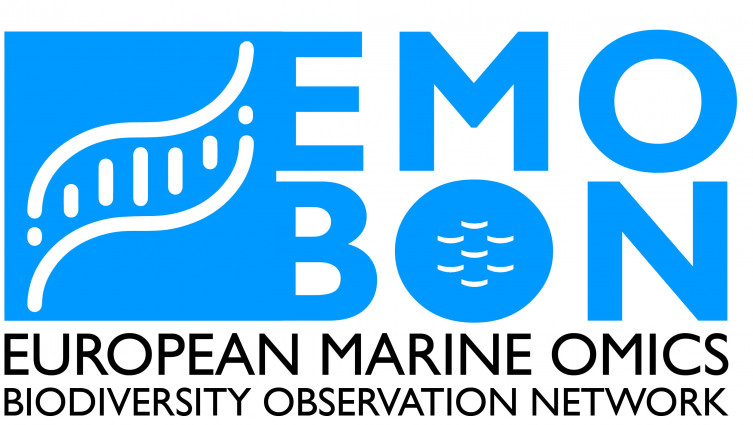EMO BON: the first marine biodiversity observatory in Europe
Marine ecosystems host huge biodiversity, very important for the health of all living beings. However, climate change and marine pollution represent significant threats to these ecosystems, acknowledged by recent European and international policies. To support these policies that aim to restore ocean health and mitigate climate change, consistent, high-quality data on marine biodiversity, derived through omics approaches, are required. However, there are currently some gaps in data collection, particularly in Europe, the EMO BON project appears!
Launched in summer 2021, the EMBRC's new project, European Marine Omics Biodiversity Observation Network (EMO BON), includes a network of 16 coastal observatory stations across Europe, from Northern Norway to the tropical Red Sea in Israel. In Portugal, this network of genomic observatories is represented by the Algarve Centre of Marine Sciences (CCMAR-Algarve) and the Interdisciplinary Centre of Marine and Environmental Research (CIIMAR).
The major goal of the EMO BOM is to collect samples from the water column and substrates from different habitats for the analysis of marine biodiversity. Every two months, all observatories in Europe do their sampling collection, applying the same procedure defined by the HandBook, to analyze the genome (DNA) of the samples in the laboratory through DNA extraction and sequencing (metagenomic analysis). Thus, the project aims to contribute and ensure a continuous database on biodiversity at EMBRC sites following FAIR data principles (Findable, Accessible, Interoperable, and Reusable).
CCMAR has as sampling site the Marine Station of Ramalhete. Bruno Louro, CCMAR researcher and Portuguese representative of the EMO BOM operational committee, is responsible for collecting sediment samples from the Ria Formosa that will contribute to this European database.
The data that results from this work will be available to the entire scientific community and provide Europe a means to better monitor and understands its marine biodiversity, filling current gaps in European biological observation data.


